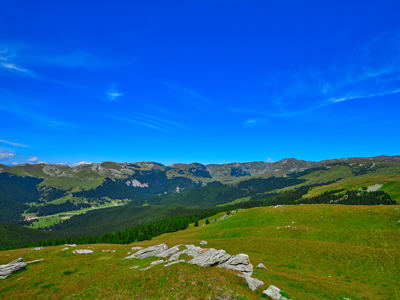
Characterisation of Rural Areas
One of the key ideas in human geography that you must study for your GCSE is the rural environment. In order to understand the pressures on ecosystems and human beings, it is important that you are aware of the main characteristics of rural areas, mainly those of the UK, including the resources they provide.
You may well have seen diagrams showing the different types of rural area, starting with the urban area as the 'bullseye'. At the edge of any urban area there is the rural/urban fringe. This is characterised as being an area where housing and the countryside mingle together. In effect, you could travel along a road in this area and within a few minutes of going in one direction, you are in the countryside but a few minutes in the other direction, you are in town.
Surrounding this is the commuter belt. This is characterised by villages with expensive housing surrounded by farmland.
The commuter belt has good road and rail communications with the urban centre that it serves making it straightforward to commute into work.
Further out, with cheaper housing and less well-developed road and rail communications, lie the accessible rural areas. The main characteristic of these areas is that they are predominantly agricultural. They are readily accessible by car and public transport and therefore tourism and leisure play an important part in their economies too.
Finally, there are the remote rural areas. They are regarded as remote because of the lack of communications. These are the places where you are least likely to have a mobile telephone signal and you will find little or no public transport. Farming is difficult and is usually limited to sheep or cattle. The villages are few and separated by longer distances and any urban areas are limited to small towns. Leisure and tourism play a part in the economy of remote rural areas.
Ready for more?
not all...
quizzers. Try to win a coveted spot on our Hall of Fame Page.







